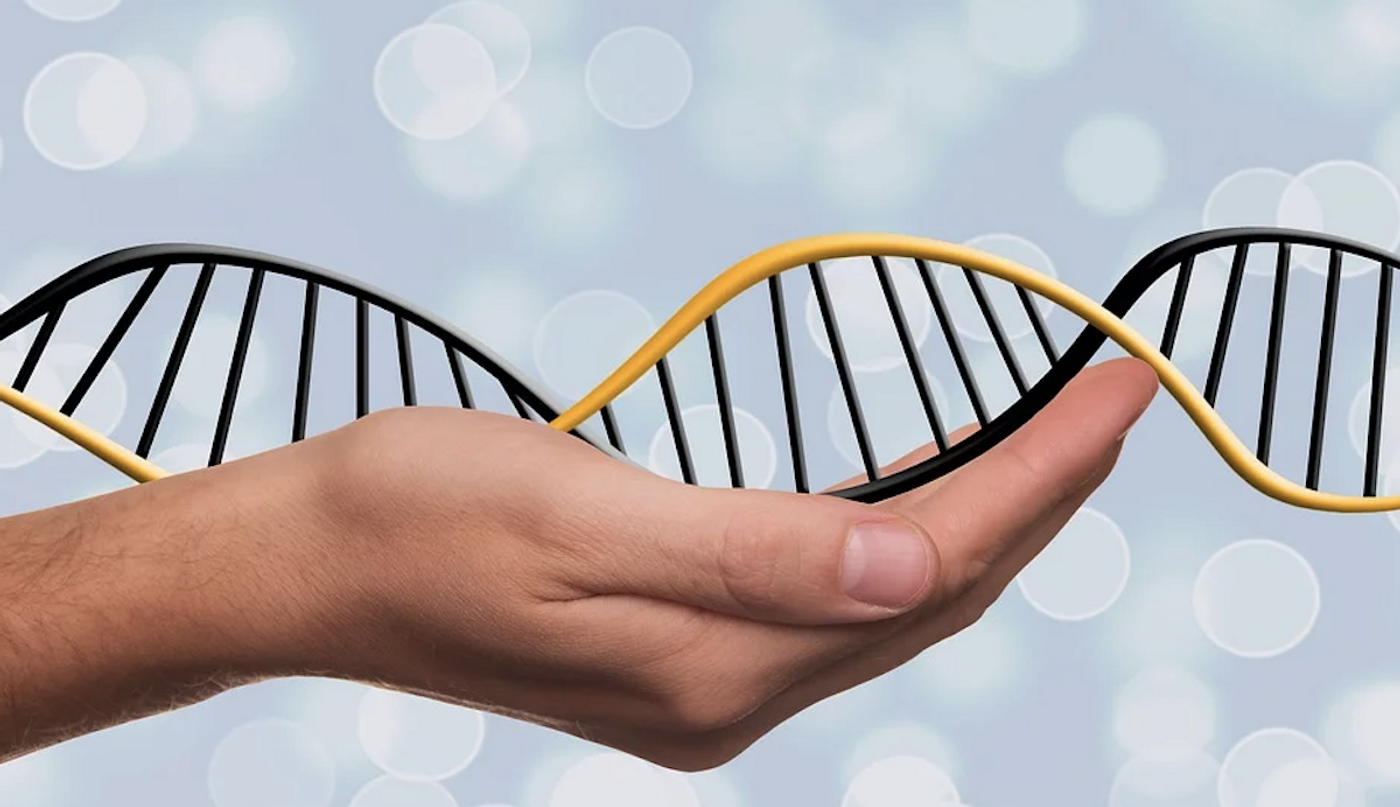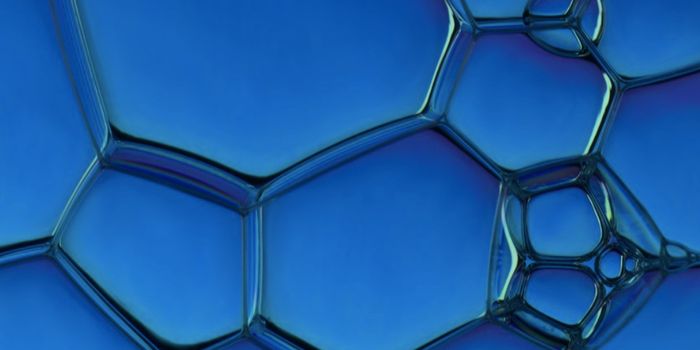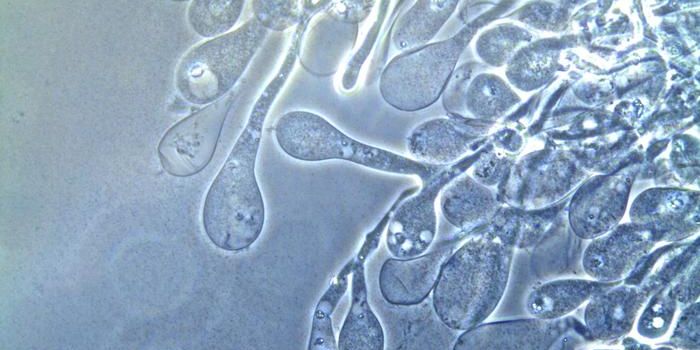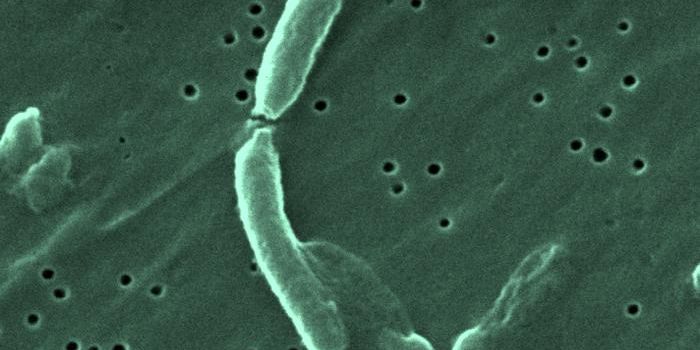Developing a Gene Therapy to Treat Duchenne Muscular Dystrophy
Because of a genetic mutation, people that have Duchenne muscular dystrophy lack functional copies of a protein called dystrophin, which is critical to muscle health. The loss of this protein results in the gradual deterioration of muscles, which slowly get replaced by connective and fatty tissue. Symptoms usually arise around the age of five, when children begin to have trouble with movements that were previously easy for them, like getting down stairs. Patients tend to lose the ability to walk around age 12, and most won't live to the age of 40 because of respiratory and cardiac failure.
Scientists have been trying to use a genetic editing tool called CRISPR/Cas9 to remove the mutated sequence from the gene. Tests that used live pigs have shown that it's possible to successfully correct the genetic defect. The work has been reported in Nature Medicine.
"These gene scissors are highly efficient and specifically corrected the dystrophin gene," said Professor Wolfgang Wurst, a developmental geneticist at TUM and the German Research Center for Environmental Health.
The resulting dystrophin gene was shorter but could be read by the cell to make a dystrophin protein that was also shorter but retained some functionality. Muscle physiology was improved in turn; the animal model: pigs, experienced less cardiac arrhythmia and lived longer lives compared to animals that modeled the disease but did not get the treatment.
"Muscle and heart cells are long-lived cell structures. One-half of all myocardial cells remain functional from birth throughout the entire lifecycle of a human being," said cardiologist and Professor Christian Kupatt. "The genome of a cell is used for protein biosynthesis as long as the cell is alive, and once a cell has been affected by the therapy, it remains corrected. So if we change the genome of a myocardial cell, the correction is a long-term success, in contrast to the results of previous methods."
Other teams have been able to correct the dysfunctional dystrophin gene in animal models (one of those efforts is described in the video below). The researchers believe this approach will be successful in people as well; it used a model that closely mirrors the pathological and biochemical features of Duchenne muscular dystrophy in humans.
"Our results are very promising since, for the first time, we have now been able to demonstrate therapeutic success in a clinically relevant large animal model," explained Professor Maggie Walter, a neurologist at the LMU university hospital.
"Since the disease proceeds faster in our pig model, we were able to verify the efficacy of the therapeutic approaches within a manageable period of time," said veterinary medicine specialist and Professor Eckhard Wolf.
Sources: AAAS/Eurekalert! via Technical University of Munich (TUM), Nature Medicine









